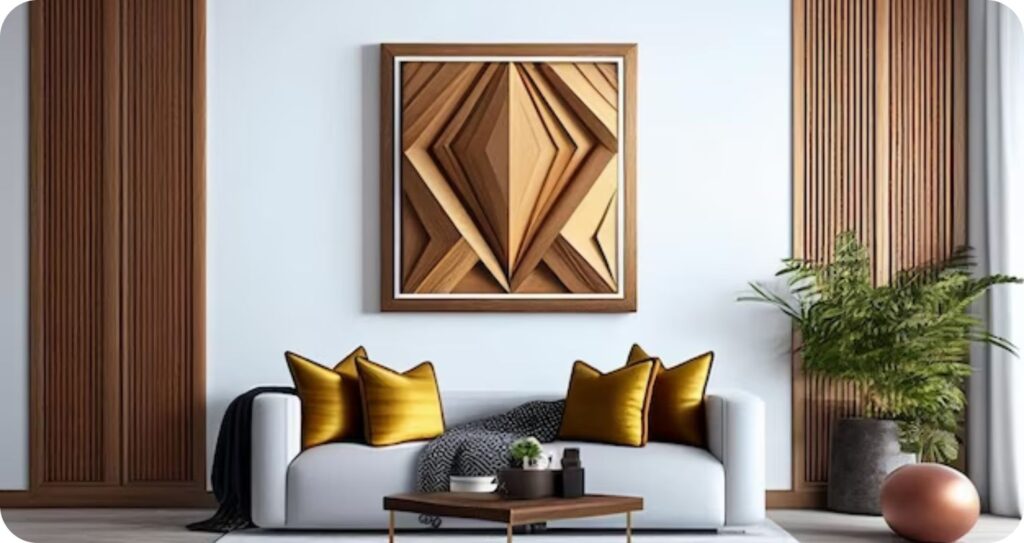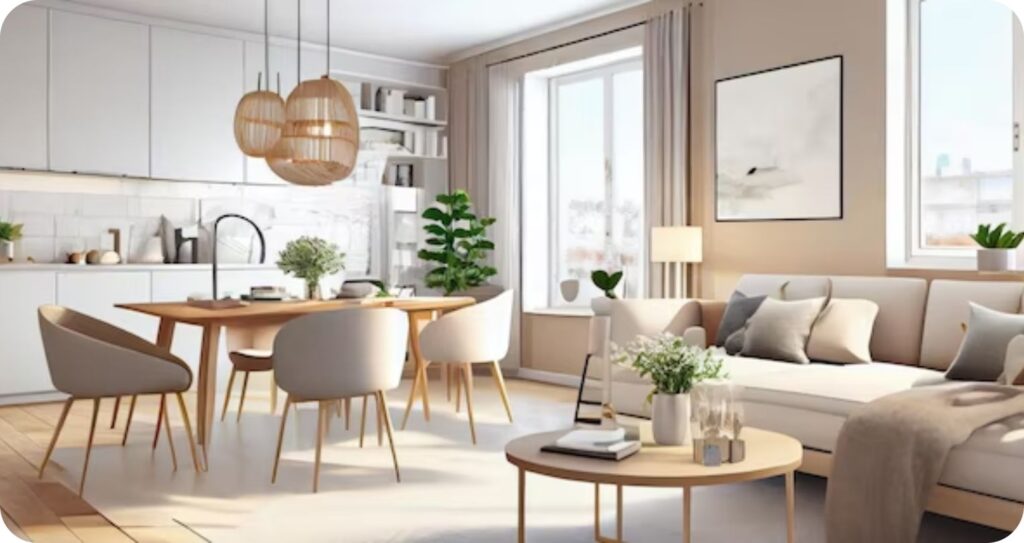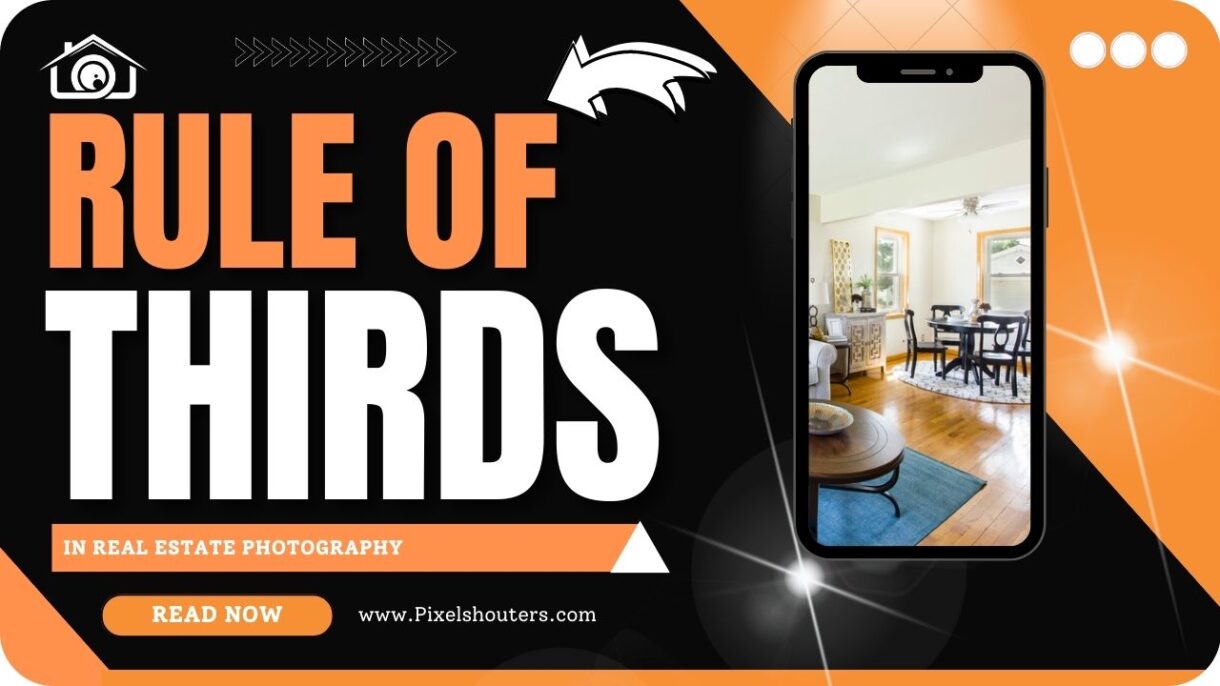Unveiling the Power of the Rule of Thirds in Real Estate Photography
In the area of photography, composition is a critical detail which can make or spoil the effect of an photograph. One of the fundamental principles of composition is the Rule of Thirds, a technique broadly hired in numerous varieties of visible arts, consisting of real estate photography. In this comprehensive guide, we will dive deep into the Rule of Thirds in real estate photography, discover its importance, and offer precious insights on a way to harness its strength to create lovely visuals that captivate capability buyers. By studying this technique, you can take your real estate photography to new heights and go away a long-lasting impact to your target market.
Table of Contents
Understanding the Rule of Thirds
The Rule of Thirds includes dividing the frame into a 3×3 grid through placing equally spaced horizontal traces and two equally spaced vertical lines. This grid results in nine same sections, forming 4 intersection factors in which the strains meet. The most important principle in the back of the Rule of Thirds is to keep away from putting the problem or horizon on the center of the body. Instead, photographers are recommended to put key factors alongside the grid strains or on the intersection points to create a visually alluring and well-balanced composition.
Applying the Rule of Thirds in Real Estate Photography

A. Placing the Main Subject along the Grid Lines
When photographing interiors or exteriors of houses, the Rule of Thirds may be applied by means of positioning the primary concern, including a unique architectural characteristic or a stunning view, along one of the vertical or horizontal grid strains. For instance, if you’re capturing the photo of a grand entrance with an excellent staircase, aligning the staircase alongside one of the vertical lines will create a dynamic composition that attracts the viewer’s interest even as retaining a sense of balance.
B. Aligning the Horizon
For outside spaces or landscapes related to real estate, aligning the horizon with one of the horizontal grid lines can drastically enhance the composition. This method enables create a sense of depth and stability within the photo. For instance, in case you’re photographing a beachfront property, aligning the horizon along the decrease or upper third of the frame can create a extra visually appealing composition and emphasize the property’s proximity to the beautiful coastline.
C. Balancing Multiple Elements of Interest
In real estate photography, it’s common to have more than one elements of hobby within a single frame, consisting of a well-designed kitchen, a cozy residing room, or a superbly landscaped backyard. The Rule of Thirds gives an effective method to stability these factors with the aid of positioning each key characteristic alongside specific grid lines. For instance, you can vicinity the kitchen island along one of the vertical lines, the point of interest of the residing room alongside any other line, and the outside patio along a horizontal line. This arrangement creates a harmonious composition that guides the viewer’s eye in the course of the image.

Breaking the Rule of Thirds
Breaking the Rule of Thirds in real estate photography opens the door to innovative freedom and unique compositions. While the Rule of Thirds is a precious guideline, exploring alternative methods can result in fascinating visuals that make an enduring influence on ability consumers. Centering the challenge, using dynamic diagonal compositions, embracing poor area, experimenting with unconventional framing, and breaking the horizon line are methods to break free from the conventional grid. These techniques add intrigue, evoke emotions, and create visually striking photographs that stand out in a competitive market. By embracing creative freedom and questioning outdoor the container, photographers can elevate their real estate photography, taking pictures the eye of visitors and presenting residences in a clean and compelling way.
Tips for Implementing the Rule of Thirds in Real Estate Photography
A. Use the Grid Overlay
Many present day cameras and phone pictures apps provide a grid overlay function that may be activated inside the viewfinder. Utilize this feature to visualize the Rule of Thirds whilst composing your photographs. The grid lines will assist you align key elements exactly, resulting in nicely-balanced compositions that adhere to the rule of thumb.
B. Practice with Post-Processing
Even in case you did not flawlessly compose your picture using the Rule of Thirds all through the shoot, you could frequently make changes at some point of publish-processing. Cropping the picture strategically let you align the principle problem or key elements consistent with the Rule of Thirds, improving the general visible enchantment. Explore software program equipment together with Adobe Photoshop or Lightroom that provide cropping and alignment skills.
C. Emphasize Focal Points
Every property has particular capabilities that make it stand out. Whether it’s an intricately designed staircase, an impressive hearth, or a highly-priced swimming pool, those focal factors deserve unique interest. By setting those focal factors strategically along the grid lines, you could draw the viewer’s eye to the most enticing elements of the property.
D. Experiment with Off-Center Composition
While the Rule of Thirds encourages off-center placement of subjects, do not restriction yourself to the grid strains on my own. Experiment with putting key elements slightly out of doors the grid lines or at unconventional intersections. This experimentation can lead to clean and innovative compositions that spoil the traditional mold whilst still retaining a feel of visual balance.
E. Consider the Purpose and Mood
When making use of the Rule of Thirds, bear in mind the cause of the photograph and the favored temper. For example, in case you need to create a feel of openness and spaciousness, aligning the horizon with the decrease grid line can emphasize the sky or the encompassing panorama. If you need to carry a comfy and intimate ecosystem, aligning key elements alongside the top grid line can draw attention to the interior information.

Conclusion
Mastering the Rule of Thirds in real estate photography unlocks a powerful device that can raise your compositions and attract potential buyers. By know-how the ideas and programs of the Rule of Thirds, you can create visually compelling pictures that show off the property’s unique capabilities and captivate viewers. Remember, the Rule of Thirds isn’t a rigid rule but a tenet that can be creatively tailored and challenged. Through exercise, experimentation, and a keen eye for composition, you may become a grasp of utilizing the Rule of Thirds in your real estate photography. Embrace this approach, and allow your photographs to talk volumes to capability buyers.

[…] composition of a striking image is its foundation. The “Rule of Thirds” is a fundamental principle that divides the frame into nine equal parts, guiding […]
[…] the rule of thirds to create visually appealing compositions. Place key elements like the main entrance or focal point […]
[…] Implement the rule of thirds to create visually engaging compositions. Divide the frame into a 3×3 grid and position key elements along these lines or at their intersections. This simple guideline enhances balance and draws the viewer’s attention to focal points. […]
[…] rule of thirds is a classic compositional guideline that divides the frame into a grid of nine equal sections, […]